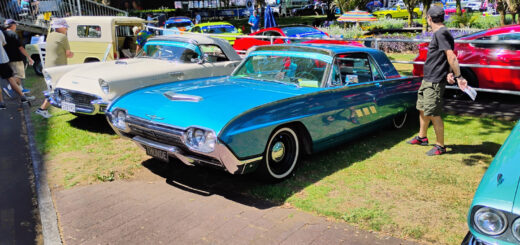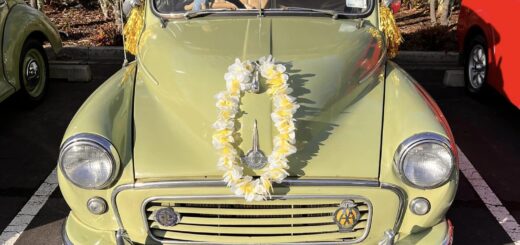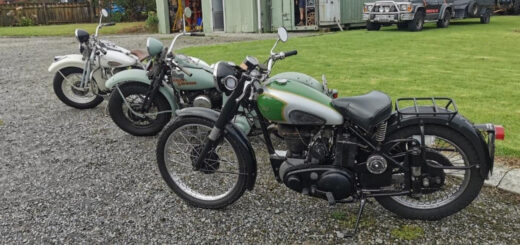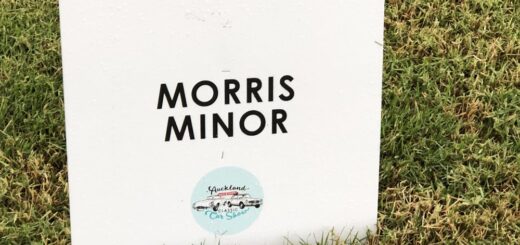Axle Handedness
In the event of the rear axle breaking extreme care must be taken when selecting a replacement unit.
The axles from a second hand differential assembly have been driven or twisted in a mostly forward direction for many years. The metal of the half shafts develop internal stress patterns and become “handed”. It is a combination of these stress patterns and metal fatigue that generally cause the initial breakage. To minimise future breakage be sure to select the correct side when choosing second hand axles. Putting a left hand axle into the right of a car reverses the stresses causing premature failure of the axle.
If you are removing axles to be stored for later use be sure to mark them L/H and R/H on removal. Sometimes you may find axles you wish to use that have been removed from a differential assembly but not marked. A close inspection of the splines can sometimes tell you which side the axle comes from. The splines will be worn slightly more on the drive side.
Another important thing to remember id that when an axle breaks it showers fine matel fragments into the differential casing. When the centre is removed it must be flushed clean with a cleaning fluid (Kerosene) to remove the metal particles before reassembly.
Side Valve axle breather.
A little known feature of the side valve axle is a small breather hole on the top of the left hand side of the casing about 100mm out from the differential housing. This hole is to allow air to escape as the axle warms up but it generally becomes blocked with dirt and can lead to oil being forced past the oil seals into the brake drums. If you have had trouble with leaking oil seals or are replacing the seals it is well worth locating this hole and cleaning it out.





